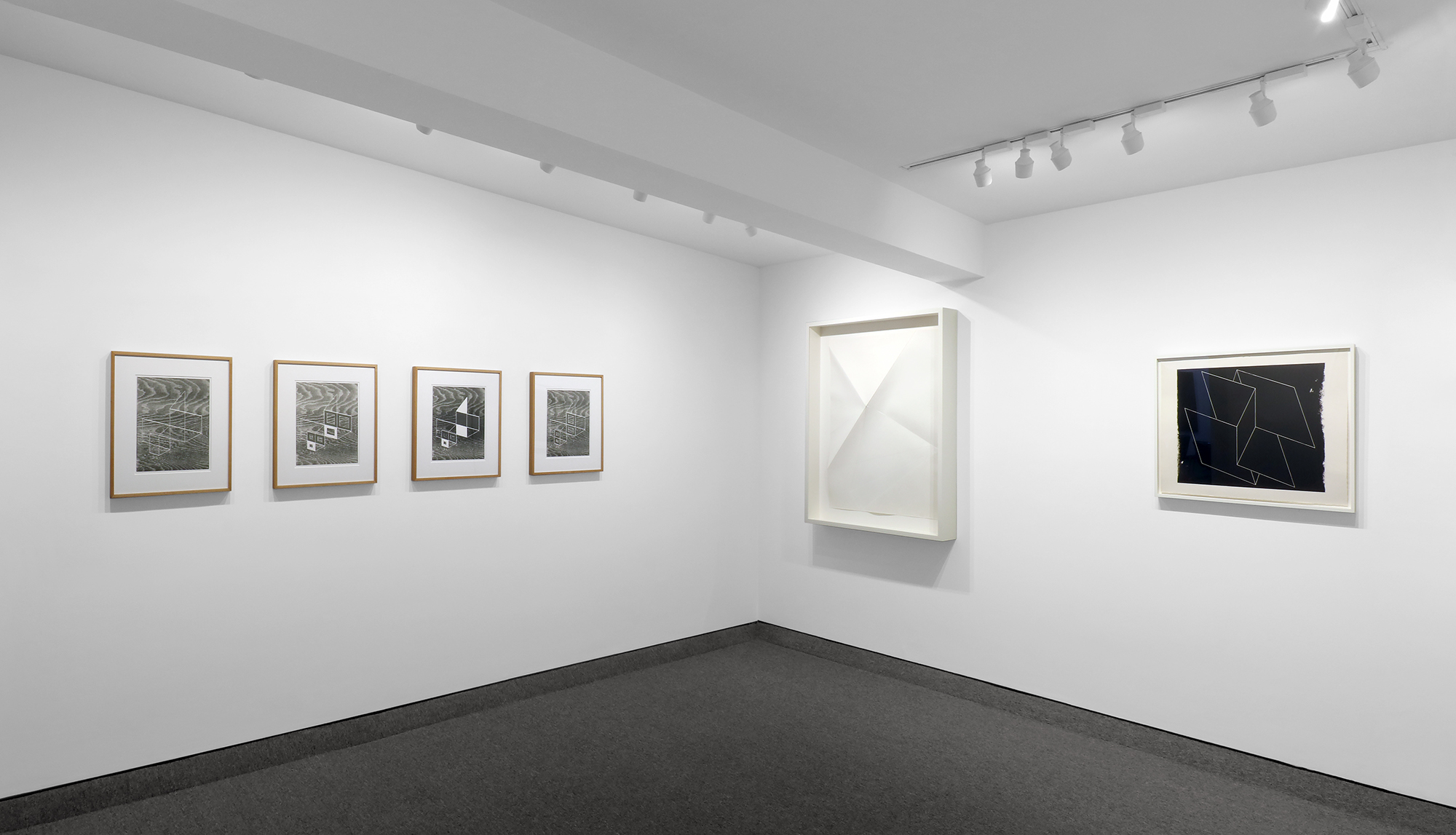
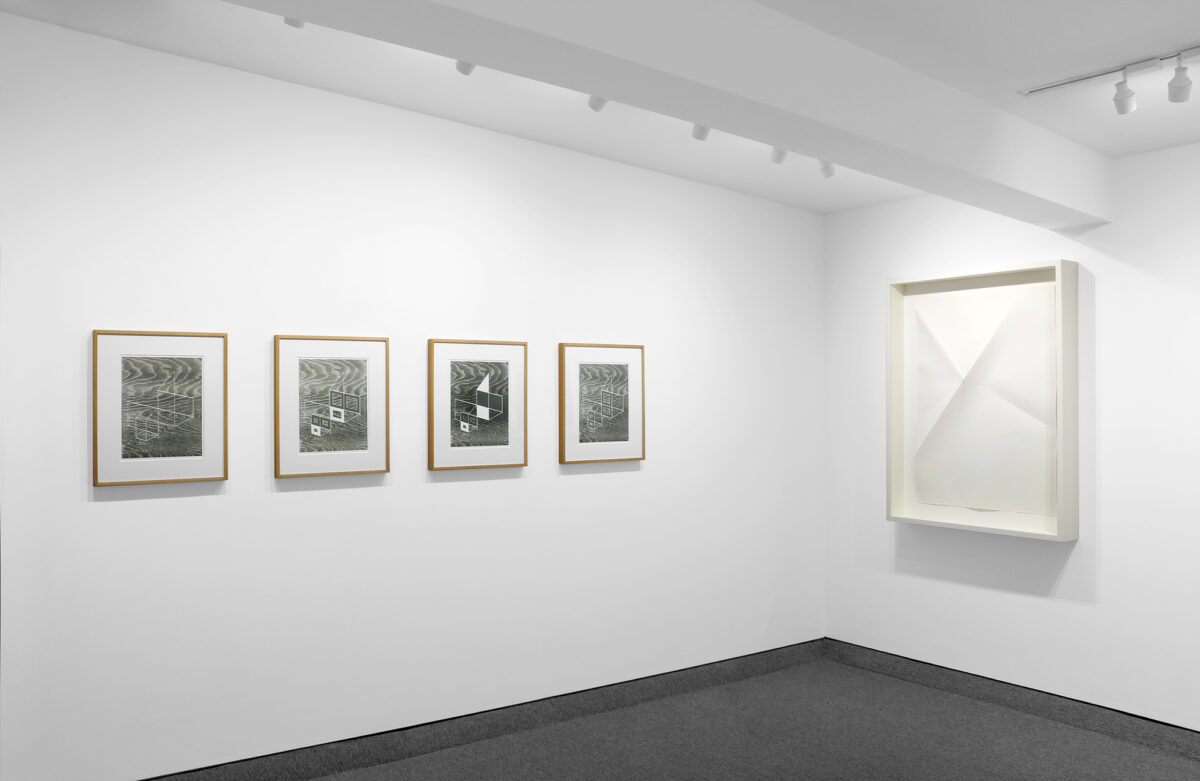
Edition of approximately 32
Image size: 13 7/8 x 10 3/4 inches each (35.2 x 27.3 cm each)
Paper size: 18 x 15 inches each (45.7 x 38.1 cm each)
Frame size: 21 1/8 x 18 inches each (53.7 x 45.7 cm each)
(Inventory #33239)
Edition of approximately 32
Image size: 13 7/8 x 10 3/4 inches each (35.2 x 27.3 cm each)
Paper size: 18 x 15 inches each (45.7 x 38.1 cm each)
Frame size: 21 1/8 x 18 inches each (53.7 x 45.7 cm each)
(Inventory #33239)

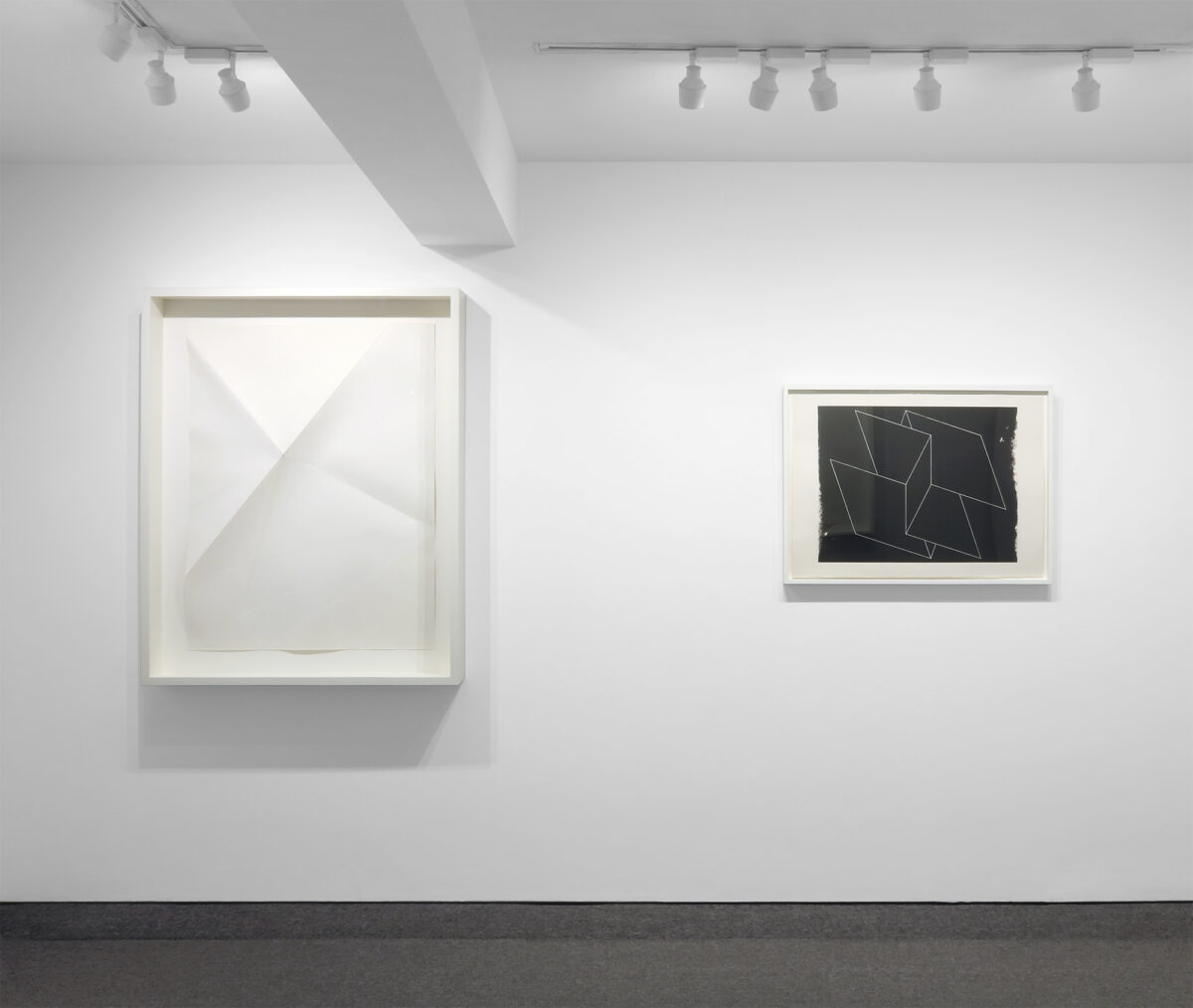
Edition of 42
Image/paper size: 40 x 30 inches (101.6 x 76.2 cm)
Frame size: 47 1/2 x 37 1/2 x 5 1/2 inches (120.7 x 95.3 x 14 cm)
Signed, dated and annotated #4 in graphite
(Inventory #32751)
Edition of 42
Image/paper size: 40 x 30 inches (101.6 x 76.2 cm)
Frame size: 47 1/2 x 37 1/2 x 5 1/2 inches (120.7 x 95.3 x 14 cm)
Signed, dated and annotated #4 in graphite
(Inventory #32751)
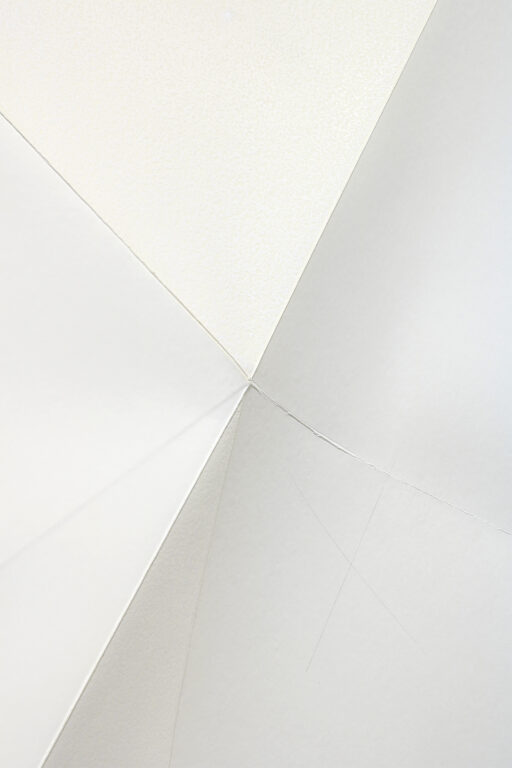
Image size: 18 3/4 x 24 inches (47.6 x 61 cm)
Paper size: 22 x 30 inches (55.9 x 76.2 cm)
Edition of 10
(Inventory #19033)
Image size: 18 3/4 x 24 inches (47.6 x 61 cm)
Paper size: 22 x 30 inches (55.9 x 76.2 cm)
Edition of 10
(Inventory #19033)
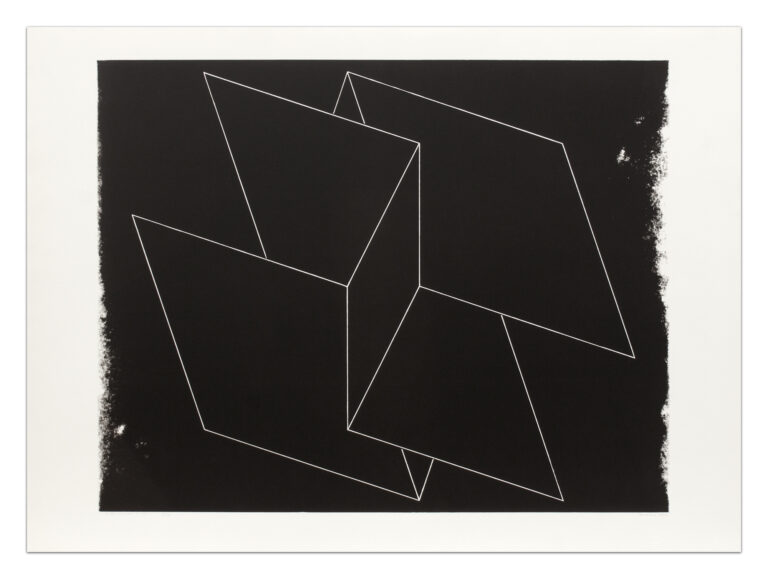
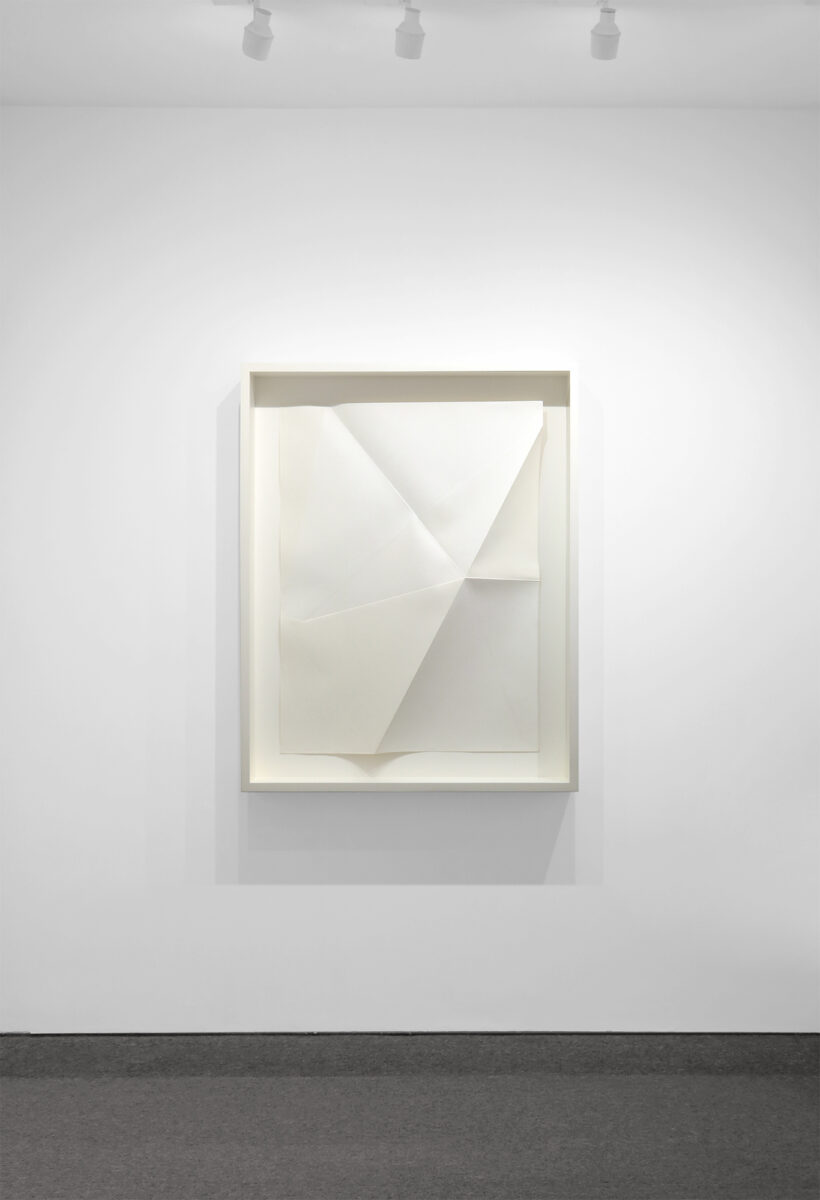
Edition of 42
Image/paper size: 40 x 30 inches (101.6 x 76.2 cm)
Frame size: 47 3/4 x 37 5/8 x 5 1/2 inches (121.3 x 95.6 x 14 cm)
Signed, dated and annotated #5 in graphite
(Inventory #32752)
Edition of 42
Image/paper size: 40 x 30 inches (101.6 x 76.2 cm)
Frame size: 47 3/4 x 37 5/8 x 5 1/2 inches (121.3 x 95.6 x 14 cm)
Signed, dated and annotated #5 in graphite
(Inventory #32752)
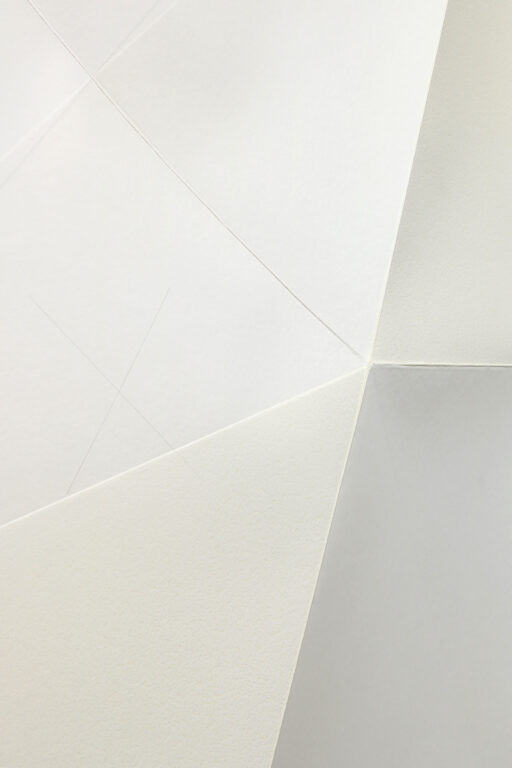
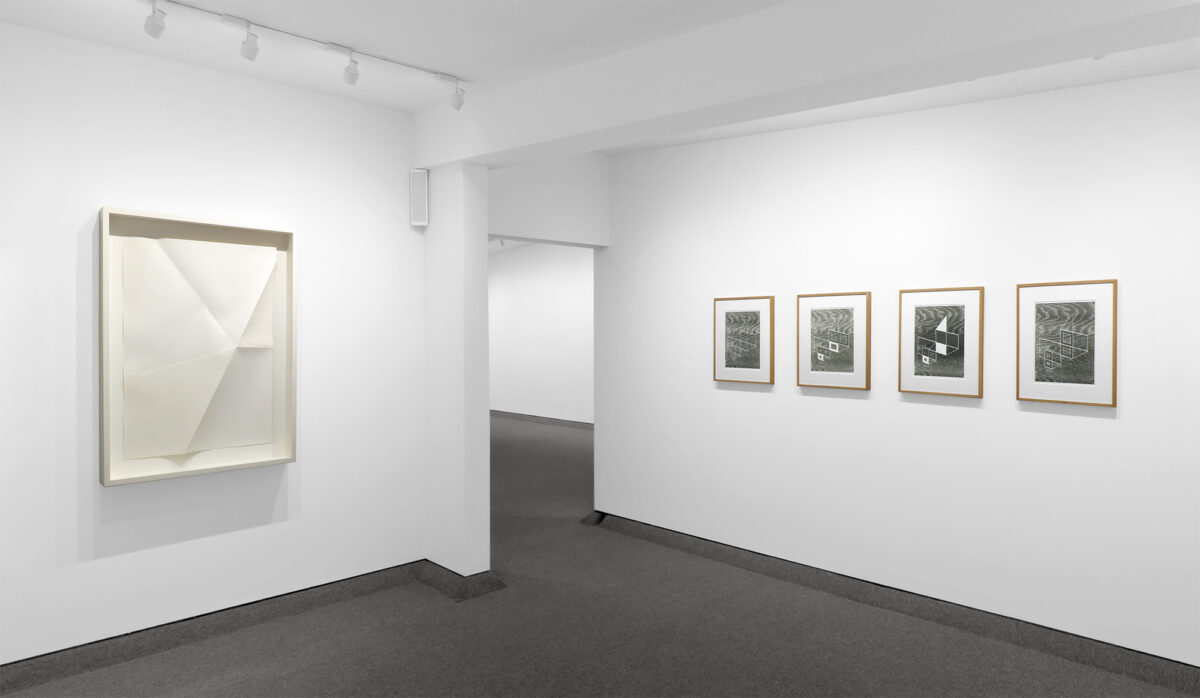
No results found.
10 Newbury Street, Boston, Massachusetts 02116
617-262-4490 | info@krakowwitkingallery.com
The gallery is free and open to the public. Please note our summer schedule:
July 1–25
Tuesday – Friday, 10–5:30
July 29 – September 1
Open by appointment
Beginning September 2
Tuesday – Saturday, 10–5:30